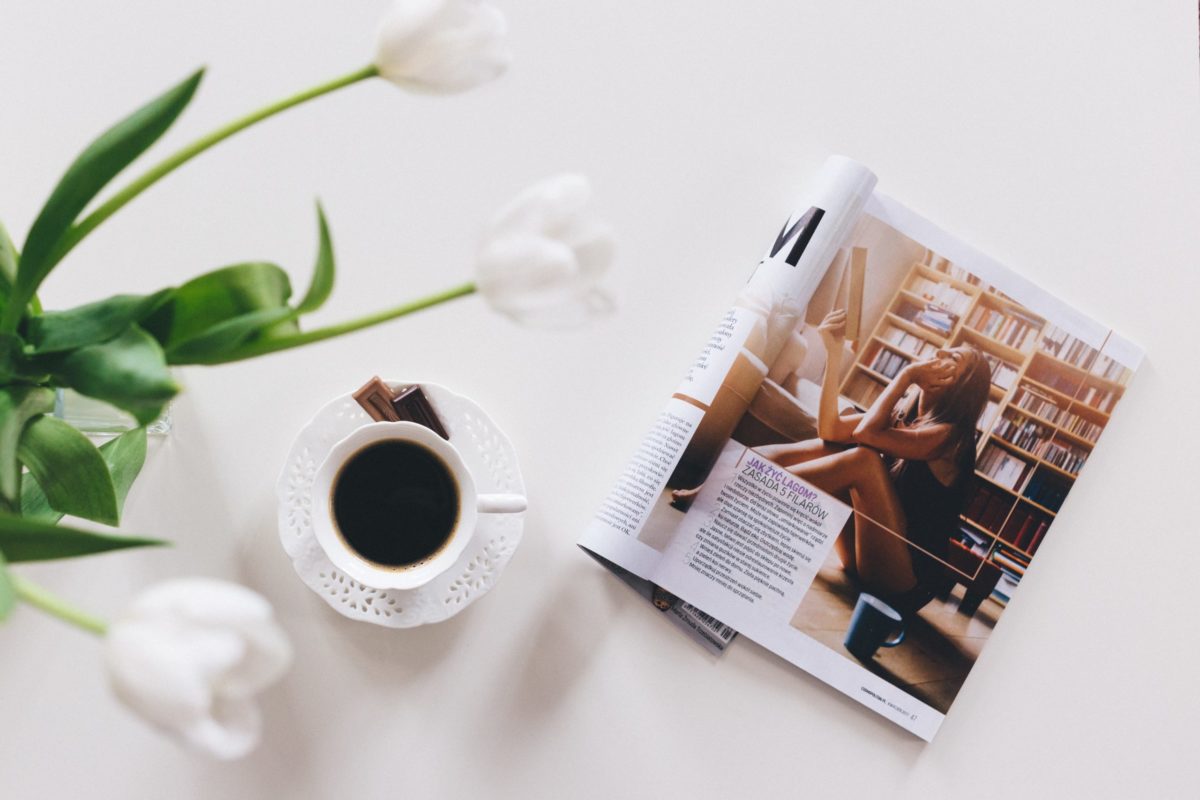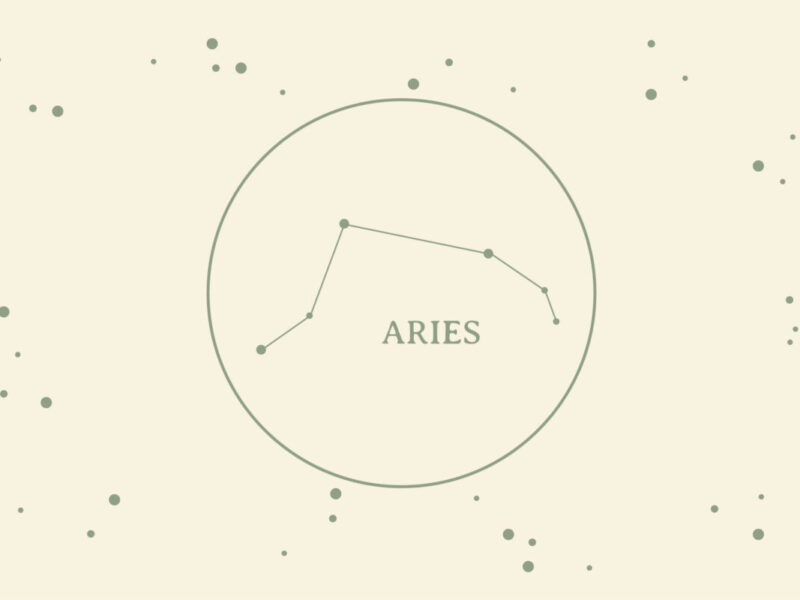So many rejection letters start with this sentence: “Thank you for your submission, but unfortunately, your poem is not a right fit for our magazine.” On the surface, this seems like a rejection, but if you look deeply and explore the magazine’s poetry, it’s possible your poem really wasn’t suited for them. Like everything in life, it’s all about perspective. If you shift your perspective about rejection, you can submit your work knowing it’s all a matter of compatibility.
Publishing is like fishing: The more you cast the line, the more fish you will find. And the better bait you have, the more fish you will catch. If you read the waters well, the larger fish you’ll get. So, with that metaphor in mind, don’t take it personally if a magazine doesn’t want your work. It just wasn’t the right bait for them.
I’m a sensitive and emotional person, so trust me: I don’t enjoy receiving poetry rejections. And then there’s the fact that submitting to literary magazines is a time-consuming process, but then again, every creative industry has their pros and cons. Accepting rejection gets easier when you realize it’s a rite of passage to being published.
So how can you maximize your publishing opportunities and not waste time submitting to places that aren’t right for you? Read below for helpful tips and strategies to see your name in print.
READ THE MAGAZINE
Editors advise poets to invest time in reading their issues to truly understand the work they are searching for. That’s the best way to understand the tone, style, and subject matter a literary editor prefers. Many journals or magazines offer previous issues for free on their websites. The more issues you read, the better grasp you’ll have of their preferences.
There are exceptions to this rule. Some magazines write “surprise me” or “we don’t know what we want until we see it” on their submission guidelines. Other magazines, such as Ploughshares, want all kinds of work from both emerging and established poets, so that’s why using a combination of submission methods will increase your chances of being published.
LOOK FOR THEMATIC ISSUES
When I first started my publishing career, I only submitted to the best and most reputable magazines and journals. But soon I discovered those journals receive so many submissions that it would take a while to be published there. If you’re starting off, it’s better to target smaller magazines and journals that are looking to publish thematic issues. And even if you are experienced, submitting work that focuses on a specific theme could make your poetry stand out. For example, if you are a poet who writes about mental health, submitting your work to an issue specific to that theme could increase your chances of being published because not everyone writes about those issues.
There are so many databases available online. Websites such as Poets and Writers and New Pages are good places to start. This list of literary magazines on Medium is also a good resource.
SUBMIT TO PROGRESSIVE JOURNALS
Let’s face an unfortunate truth about planet Earth: There is racism, sexism, and all kinds of isms ingrained in many institutions. This can create unconscious or conscious bias in the minds of editors to favor white male writers. But no worries: This is the reason why many journals seek the voices of female poets and writers of color.
So to Speak is a feminist journal run by the graduate students of George Mason University. Here is an excerpt from their about section: “It is no secret that the literary canon and literary journals are largely comprised of heteronormative, patriarchal, cisgender, able-bodied white men. So to Speak seeks work by writers, poets, and artists who want to challenge and change the identity of the ‘canonical’ writer.”
Also, a really great strategy to avoid racist or sexist magazines, presses, and journals is to read the writers they have previously published. If you are seeing a bias towards white male writers, you better save your 30 bucks and beautiful poetry book for a place that actually promotes diversity. I’m happy to report that if you look at Andrews McMeel’s list of published authors and check out Read Poetry’s poet section, you will notice the multicultural haven and melting pot of voices featured there.
Lastly, don’t forget that sometimes editors’ bias can come from what they ate for lunch or dinner, and this determines whether your work gets accepted. It sounds pretty humorous and ridiculous, but editors are only human, and objectivity can be thrown out the window over a rotten meal.
ATTEND LITERARY EVENTS
Sometimes being at the right place at the right time can lead you to discover something awesome happening in your city. Last year in September, I was at the Books and Books in Coral Gables attending a literary event meant to document contemporary Miami through stories and poetry. I arrived late and sat in an empty seat reserved for the writers who were reading. Towards the end of the event, the organizers announced the next book they were publishing. That same night, I went home and submitted my Miami poem, “Nights in The City Beautiful,” and months later, I found out my poem had been accepted by Jai-Alai Books. So, if you have time on your hands, attend literary events because you’ll get pleasure from hearing poetry, and you may also discover great opportunities to publish your work.
Educating yourself about the publishing process and following these strategies is the best way to ensure if submitting to that really well-known magazine is worth your time and money. I hope your work finds the home you’re looking for. Remember that publishing is a process, and like almost everything in life, it takes patience and time to arrive at your destination, but the journey will be worth it.




